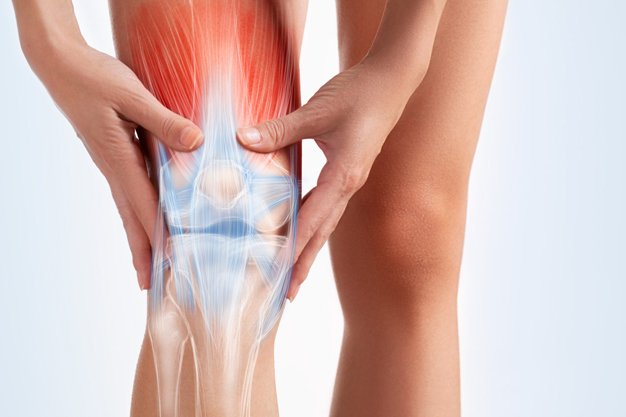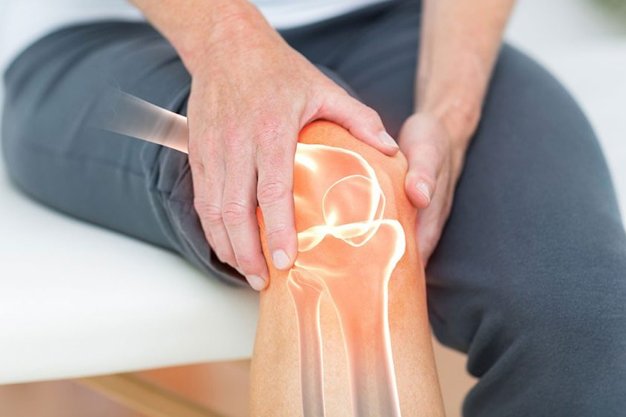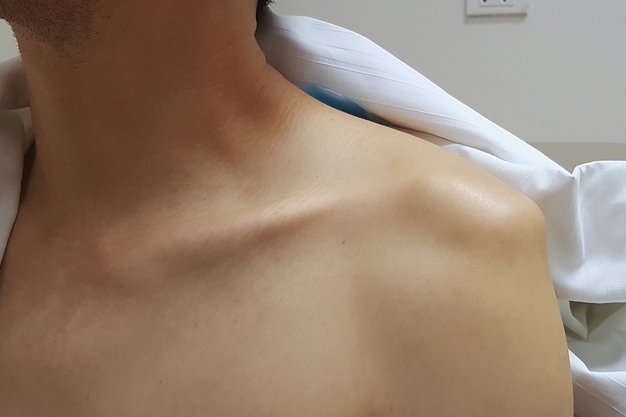It is also known as key hole surgery of joint. It is a minimally invasive procedure where joint can be examined and injury and ailment of joint can be treated with the help of Arthroscope. Arthroscope is a telescope, usually of 4 mm diameter, passed inside the joint through a small hole into the skin. Surgeon views it on a video monitor and treats it with the help of specialized instruments. Injuries and ailments of Knee and shoulder are commonly treated by Arthroscopy.




